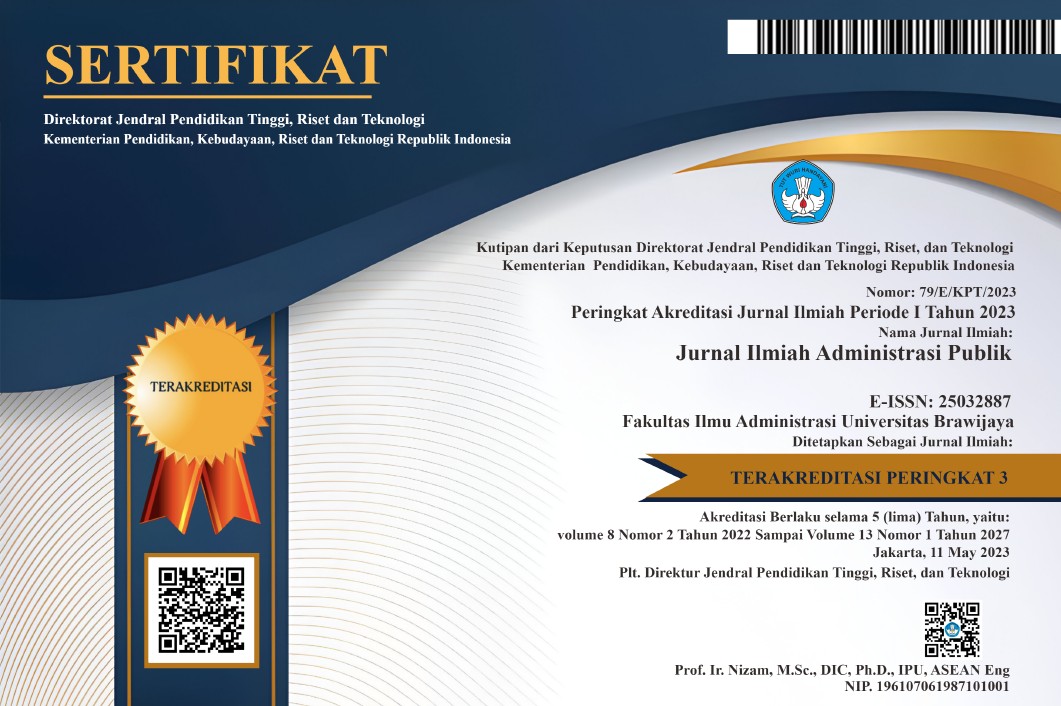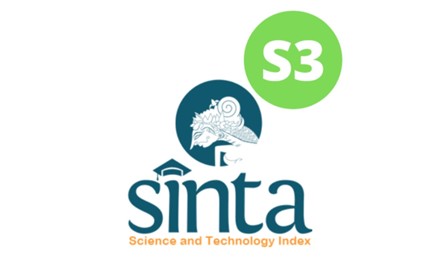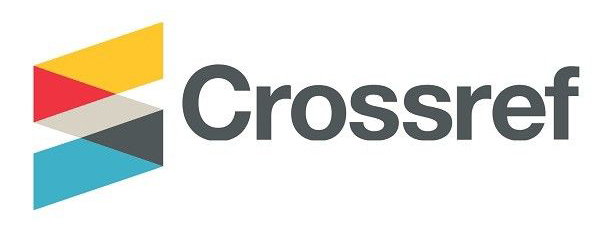Key Determinants of Acceptance and Use of E-Services Based on Marketing Technology Process
DOI:
https://doi.org/10.21776/ub.jiap.2019.005.01.13Keywords:
citizens perceptions, acceptance and use, marketing technology process, e-servicesAbstract
Nowadays, government uses e-services to boost the services for citizen with many endeavours but there are some e-service where the technology did not accommodate or appropriate to citizen needs. In order to improve the service and accomodate the citizen needs, this journal attempts to explore the related key determinants or variables. Exploration of theory is begun from the definition of e-services, the explanation of public choice theory and organizational behaviour theory in public administration until the model of citizen use and acceptance of e-services. Considering the government efforts to introduce the e-services, this model combines Unified Theory of Acceptance and Use of Technology (UTAUT) with the marketing process to seek key determinants from citizen personality, perceptions, and attitude.References
Abdelsalam, H. M., Reddick, C. G., Gamal, S., & Al-shaar, A. (2013). Social Media In Egyptian Government Websites: Presence, Usage, And Effectiveness. Government Information Quarterly, Vol. 30(4), pp.406–416. DOI: 10.1016/j.giq.2013.05.020.
Al Athmay A. A. R. A. (2013). Citizens’ Perceptions towards e-Governance: Field Study. International Journal of Humanities and Social Science, Vol. 7, No. 9, pp.2576-2584.
Alshehri, M. A. (2013). Using the UTAUT Model to Determine Factors Affecting Acceptance and Use of E-government Services in the Kingdom of Saudi Arabia. Thesis (PhD Doctorate), Griffith University, Brisbane.
Altman, S., Valenzi, E., & Hodgetts, R. M. (1985). Organizational Behaviour: Theory and Practice. Florida: Academic Press, Inc.
Andrews R. & Van De Walle S. (2012). New Public Management and Citizens’ Perceptions of Local Service Efficiency, Responsiveness, Equity and Effectiveness. COCOPS Working Paper No. 7. Available at https://lirias.kuleuven.be/bitstream/123456789/562051/1/COCOPS_workingpaper_No7.pdf [Accessed on april 1, 2018].
Barbosa, A. F., Pozzebon, M., & Diniz, E. H. (2013). Rethinking E-Government Performance Assessment From A Citizen Perspective. Public Administration, Vol. 91(3), pp.744–762. DOI: 10.1111/j.1467-9299.2012.02095.x.
Brainard, L. A., & McNutt, J. G. (2010). Virtual Government–Citizen Relations: Informational, Transactional, or Collaborative?. Administration & Society, Vol. 42(7), pp.836–858. DOI: 10.1177/0095399710386308.
CAFRAD (African Training and Research Centre in Administration for Development). (1998). Citizens’Perception of the Role of Public Administration and their Assessment on the Public Services. Available at http://unpan1.un.org/intradoc/groups/public/documents/cafrad/unpan006345.pdf [Accessed on May 3, 2018].
Chan, F. K. Y., Thong, J. Y. L., Venkatesh, V., Brown, S. A., Hu P.J., & Tam, K. Y. (2010). Modeling Citizen Satisfaction with Mandatory Adoption of an E-Government Technology. Journal of the Association for Information Systems, Vol. 11(10), pp.519-549.
Charbaji, A., & Mikdashi, T. (2003). A Path Analytic Study of The Attitude Toward E-Government in Lebanon. Corporate Governance, Vol. 3, No. 1, pp.76-82.
Compeau, D. R., & Higgins, C. A. (1995). Computer Self-Efficacy - Development of a Measure and Initial Test. MIS Quarterly, Vol. 19, No. 2, pp.189-211.
Curwell S., Deakin M., Cooper I., Paskaleva-Shapira K., Ravetz J. & Babicki D. (2005). Citizens' Expectations of Information Cities: Implications for Urban Planning And Design. Building Research & Information, Vol. 33, No.1, pp.55-66. DOI: 10.1080/0961321042000329422.
Denhardt, J. V., & Denhardt, R. B. (2007). The New Public Service: Serving, Not Steering. New York: M. E. Sharpe, Inc.
Dohler, M. (2017). What Do You Know About The Internet of Things?. In Dohler M., The Internet of Things. Available at https://www.futurelearn.com/courses/internet-of-things/5/steps/141702/questions/4) [Accessed on July 11, 2018].
Easingwood, C., & Koustelos, A. (2000). Marketing High Technology: Preparation, Targeting, Positioning, Execution. Business Horizons, Vol. 43(3), pp.27-34.
Gallego-Ãlvarez, I., RodrÃguez-DomÃnguez, L., & GarcÃa-Sánchez, I. M. (2010). Are Determining Factors of Municipal E-government Common to a Worldwide Municipal View? An Intra-Country Comparison. Government Information Quarterly, Vol. 27(4), pp.423-430.
Gilbert, D., Balestrini, P., & Littleboy D. (2004). Barriers and Benefits in the Adoption of E-government. International Journal of Public Sector Management, Vol. 17, No. 4, pp.286-301.
Goodhue, D. L. (1998). Development and Measurement Validity of a Task-Technology Fit Instrument for User Evaluations of Information Systems. Decision Sciences, Vol. 29, No. 1, pp. 105-138.
Gramatikov, M. (2003). Data Mining Techniques and The Decision Making Process In The Bulgarian Public Administration. NISP Acee Concerence, Bucharest, Romania.
Hollands, R. G. (2014). Critical Interventions Into The Corporate Smart City. Cambridge Journal of Regions, Economy and Society, Vol. 8, Issue 1, pp.61–77.
Karimi, J., Somers, T. M., & Gupta Y. P. (2004). Impact of Environmental Uncertainty and Task Characteristics on User Satisfaction with Data. Information Systems Research, Vol. 15, No. 2, pp.175-193.
Lee, Jungwoo., and Hyejung, Lee. (2014). Developing and Validating a Citizen-Centric Typology for Smart City Services. Government Information Quarterly. Vol. 31, pp.S93–S105.
McKnight, D. H., Choudhury, V., & Kacmar, C. (2002). Developing and Validating Trust Measures for E-commerce: An Integrative Typology. Information Systems Research, Vol. 13, No. 3, pp.334-359.
Meuter, M. L., Ostrom A. L., Roundtree R. I., & Bitner M. J. (2000). Self-service technologies: Understanding customer satisfaction with technology-based service encounters. Journal of Marketing, Vol. 64, No. 3, pp.50-64.
Michael D Williams, Nripendra P Rana, & Yogesh K Dwivedi. (2015). The Unified Theory of Acceptance and Use of Technology (UTAUT): a Literature Review. Journal of Enterprise Information Management, Vol. 28(3), pp. 443 – 488.
Moore, G. C., & Benbasat, I. (1991). Development of an Instrument to Measure The Perceptions of Adopting an Information Technology Innovation. Information Systems Research, Vol. 2, No. 3, pp. 192-222.
Ostrom V., & Ostrom, E. (1971). A Different Approach to the Study of Public Administration. Public Administration Review, Vol. 31(2), pp.203–216.
Robbins S. P. & Judge T. A. (2013). Organizational Behaviour. London: Pearson Education Limited.
Shaw, J. S. (2008). Public Choice Theory. St. Kliment Ohridski University Press, Sofia, Bulgaria.
Terry, L. D. (1998). Administrative Leadership, Neo-Managerialism, and the Public Management Movement. Public Administration Review, Vol. 58(3), pp.194-200.
Torres L, Pina V. T., & Acerete B. (2005). E-government Developments on Delivering Public Services Among EU Cities. Government Information Quarterly, Vol. 22(2), pp.217–238.
Venkatesh, V., Morris, M. G., Davis, G. B., & Davis, F. D. (2003). User Acceptance of Information Technology: Toward a Unified View. MIS Quarterly, Vol. 27(3), pp.425–478.
Wixom, B. H., & Todd, P. A. (2005). A Theoretical Integration of User Satisfaction and Technology Acceptance. Information Systems Research, Vol. 16, No. 1, pp.85-102.
Downloads
Published
Issue
Section
License
If your paper is accepted, the author identified as the formal corresponding author for the paper will receive an email prompting them to login into Author Services; where via the JIAP Author Licensing Service they will be able to complete the license agreement on behalf of all authors on the paper.














